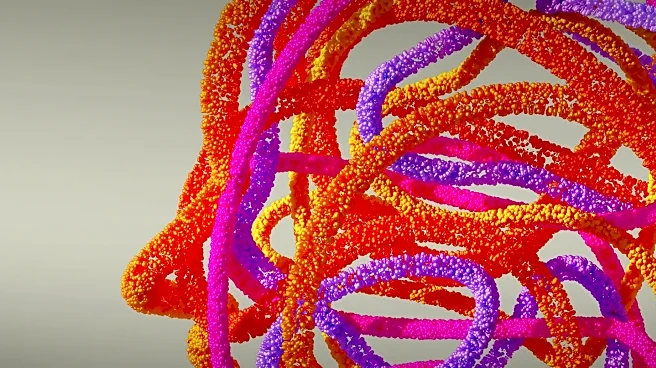What's Happening?
The World Health Organization (WHO) has announced changes to the influenza strains included in the Southern Hemisphere's 2026 flu vaccines. The advisory group has recommended replacing both the H1N1 and H3N2 strains in the current vaccines. For egg-based vaccines, the new H3N2 strain will be an A/Singapore/GP20238/2024-like virus, while cell-based vaccines will use an A/Sydney/1359/2024-like virus. The influenza B Victoria lineage remains unchanged, and no new pandemic-preparedness flu strains were recommended. These updates are part of the WHO's biannual review process to ensure vaccine effectiveness against circulating flu viruses.
Why It's Important?
The WHO's decision to update flu vaccine strains is crucial for maintaining the effectiveness of vaccines in preventing influenza outbreaks. By adapting to the latest virus strains, the WHO aims to enhance the protective benefits of flu vaccines, which is vital for public health, especially in regions with high flu transmission rates. These changes can influence vaccine production and distribution strategies, impacting pharmaceutical companies and healthcare providers. The updates also underscore the importance of global surveillance and collaboration in managing infectious diseases.
What's Next?
The U.S. Food and Drug Administration (FDA) is scheduled to meet on October 9 to discuss the strain selection for the Southern Hemisphere's 2026 flu vaccines. The outcomes of this meeting could affect vaccine availability and recommendations in the U.S. and other regions. Continued monitoring of flu virus mutations and vaccine efficacy will be essential to inform future updates and public health strategies.










